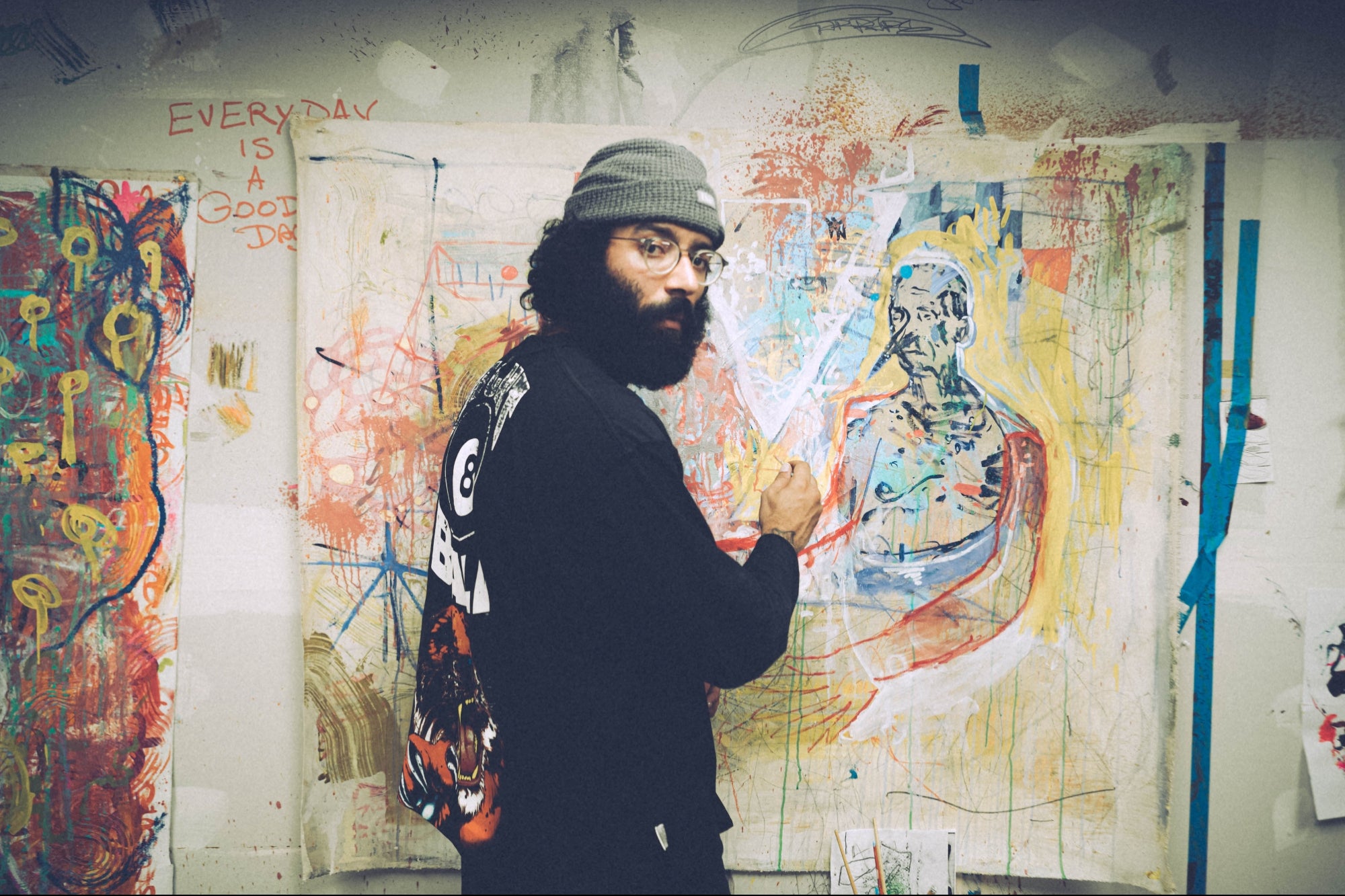The Unpredictable Creator Economy: Where Will Our Next Big Creator Come From? When you speak to the top content creators and influencers in the country, one constant comment you shall hear from them is about the unpredictability of the algorithms of different social media platforms.
Opinions expressed by Entrepreneur contributors are their own.
You're reading Entrepreneur India, an international franchise of Entrepreneur Media.

When you speak to the top content creators and influencers in the country, one constant comment you shall hear from them is about the unpredictability of the algorithms of different social media platforms. Forget about a deep dive into understanding any of them, even a cursory glance at the current landscape of the two behemoths in this space, Twitter and Instagram, tells us about certain significant changes in the last few months. While at Twitter each new day brings atleast two new updates depending completely on the whims and fancies of its mercurial owner Elon Musk, on Instagram all videos are now under the Reels category, unlike before when it was meant for only short form videos which the platform was concentrating on. And these are just some of the most visible changes.
In this ever changing scenario, who shall be the next big creator? Where will they emerge from and how?
Vijay Subramaniam, Group CEO and Founder at Collective Artists Network, echoes the mystery of the content creator space. "The creator economy is an unpredictable landscape. Given the dynamism of the space, it is next to impossible to point out where the next creator will come from. Today, followers are no longer a benchmark of an influencer's success. Niche influencers have diversified their categories of engagement, whereas generic influencers have gone niche and are seeing great success there. There is no language, age group or any social or demographic indicator attached to their wins. Since the space has no linear or formulaic growth model, stakeholders gain a competitive edge by keeping their ears close to the ground and staying abreast with trends and audience demands. This makes it important for the influencers to look beyond creating content and explore and manage various facets including partnerships, collaborations, expansion, entrepreneurship, and upskilling to stay ahead in the game," Subramaniam tells us.
Take for example Shimla based singer-songwriter and producer Ronit Vinta, whose last release 'Tu Chodiyon Na' garnered over 4.5 million streams on Spotify alone in under four months and trended on social media with over 100,000 user-generated videos. Taking a large leap of faith he moved to Mumbai, where he struggled to cough up his monthly rent, but it finally played off with his social media success. Vinta makes a pertinent point about there being no playbook which creators can operate by, especially because every creator's journey is unique.
But it would be a crime not to pose this riddle to YouTuber Dhruv Rathee, who became famous because of his knack of explaining complex issues in simple terms. A quick glance at his uploads would convince you that apart from having solutions to all historical problems, he might just have the answers to all our personal problems too, along with why the dinosaurs disappeared, if there is a ghost sitting on the chair next to you and in how many months your next relationship shall fall apart. The content creator, whose trademark 'Namaskar Dosto' precedes deeply researched and interesting content on a wide variety of topics told us his thoughts.
"The creator industry is not a fixed variable that one can know the ins and outs of. You may know the platforms in the space, but not what and which format will come next. A trend successful today may not work tomorrow and seasoned industry players know that you are going to fail more than you succeed. The risk factor is high and sustaining success is the real challenge. The creator economy is not just made up of creators. There are tech players, digital platforms, influencer marketing agencies and marketplaces alongside creators. The 'Big Fight' for engagement is at the core of the entire ecosystem. With all of this at play, 'the next big thing' changes every day. That being said, it's a goldmine of opportunities which can be harnessed by agile, flexible and versatile players who aren't afraid of operating in a volatile, yet rewarding industry," Rathee tells us.
So, do you think you know who the next creator will be and where will they emerge from?
The author can be reached at bkabir@entrepreneurindia.com and Instagram.com/kabirsinghbhandari










